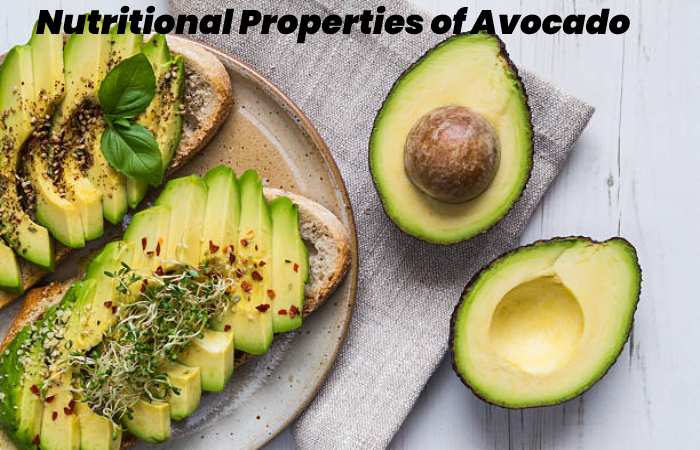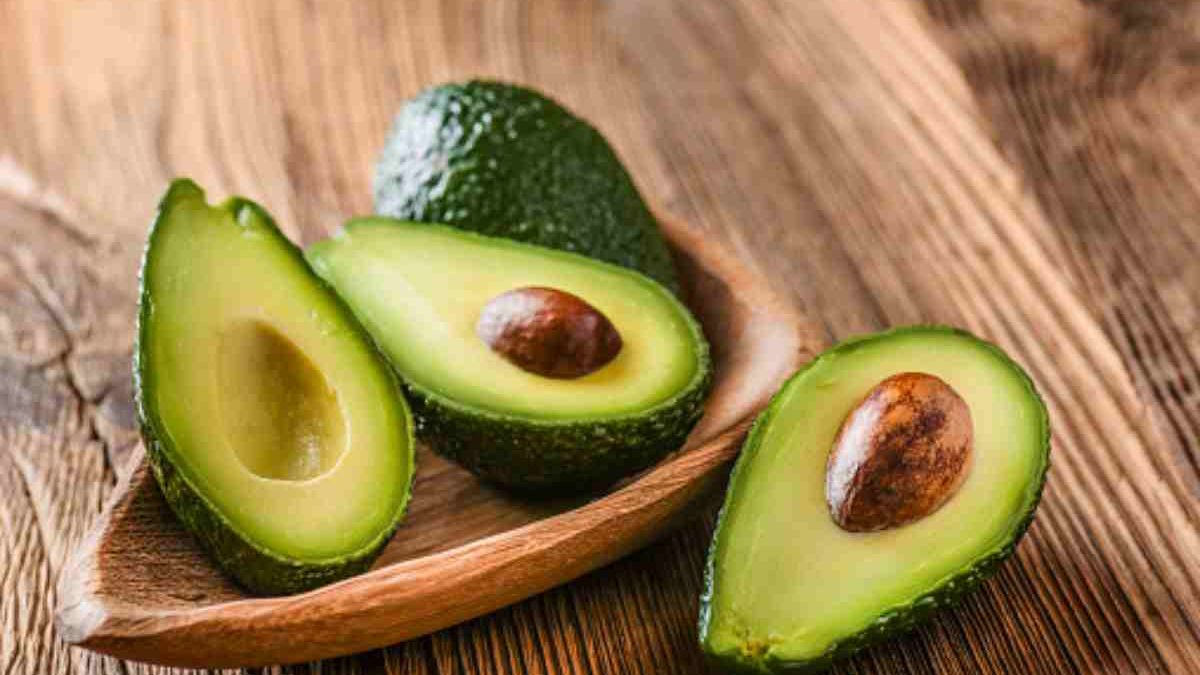Table of Contents
What is an Avocado?
The avocado is an exotic fleshy fruit found in the tropical tree of the same name. In some parts of South America, it is known as Palta. It has dimensions of 5-6 cm in length. The standard weight ranges from 200-400 g, although pieces weighing up to 2 kg can be found. The bark is thick and stiff, green in colour, the tone of which depends on the variety. The flesh is oily cream to yellowish-green in colour, with a nutty-like flavour. It has a single rounded seed of light brown colour and is 2-4 cm.
Food and Nutrition of Avocado

Its contribution to oleic acid exerts beneficial cardiovascular effects, lowering plasma cholesterol levels. It contains a significant amount of minerals and vitamins necessary for the proper functioning of the body.
Authentic and Healthy Vegetable Butter
Due to the creaminess of the pulp that gives it its richness in fat, the avcacado spreads quickly, which makes it a healthy vegetable butter, an excellent alternative to industrial margarine.
Its nutritional composition makes it a practically essential food in high-fat vegetable diets, such as ketogenic.
Heart Health
Avocado lacks cholesterol and tends to reduce it if it is high. That is why its consumption is adequate to prevent problems such as atherosclerosis (lack of flexibility of the arterial walls) or coronary diseases (angina pectoris or myocardial infarction).
Unsaturated fats in avocado normalize cholesterol, reducing LDL or “bad” and increasing HDL or “good.”
How to Ripen an Avocado?
For the fruit to fully ripen, it should be left for a few days in a dark place between 15 and 24 ºC, but it should not be put in the fridge before it ripens, as this damages it and prevents it from doing so.
At room temperature, avocados ripen in 3 to 4 days. A trick to speed up the process can place next to an apple or banana in a paper bag.
The Avocado, a Unique Fruit
The avocado is a fruit with a weight that ranges between 100 grams and two kilograms in the case of some of its varieties. Generally, the most commercial avocados weigh between 150 and 350 grams.
Its dark green skin, hard and rough, house inside a creamy, delicate and unctuous pulp, with a texture reminiscent of butter, in the centre of which is a single seed, generally large, which appears covered by a thin brown woody layer. Its shape is reminiscent of a pear. Hence the first Spaniards who arrived in America came to call it pear of the Indies “.
Nutritional Properties of Avocado

Avocado is a fruit of great nutritional value and high caloric content, especially its high content of healthy fats, something unusual for a fruit.
Carbohydrates. Its contribution to carbohydrates is meagre, hardly reaching 1 g/100 g, and its content decreases rapidly during maturation and storage so that it can be eaten (in moderation) by people with diabetes.
- Lipids or fats: A fruit with a high-fat content accounts for almost a fifth of its weight, its main component after its water content (around 70%). This is especially striking as it is a fruit that resembles, in this sense, dried fruit and olives. It is a fat especially rich in monounsaturated fatty acids (70%), such as oleic acid, characteristic of olive oil. This type of fat normalizes high plasma cholesterol levels, reducing LDL (bad) cholesterol and raising the level of HDL (good) cholesterol.
- Proteins: Its protein content, around 2%, is insignificant. However, it has an adequate proportion of amino acids.
- Fibre: Its fibre content is not very high, about 3 grams per 100 grams of food, but it is higher than provide by other fruits (orange), giving it a specific laxative effect and helping to regulate intestinal functions and control blood glucose levels.
- Avocado is rich in antioxidant vitamins, such as A, C and E, with vitamin C being the majority. These vitamins involve in the body’s defence mechanisms, preventing degenerative and cardiovascular diseases and preventing tissue and skin ageing. In addition, the avocado also provides vitamins of group B, which collaborate in the proper functioning of the nervous system, such as B6 and folic acid, so its consumption recommends during pregnancy.
- Minerals: Regarding its mineral content, it highlights the presence of potassium, magnesium and phosphorus and smaller amounts of calcium, iron and copper, which involve in critical physiological processes.
The Fruit of Avocado
The avocado (Persea Americana Mill.) is an exotic fleshy fruit obtain from the tropical tree of the same name. In some parts of South America, it is known as Palta. It has dimensions of 5-6 cm in length. The average weight ranges between 200-400 g, although pieces weighing up to 2 kg can be found. The bark is thick and stiff, green in colour, the tone of which depends on the variety. The flesh is creamy to yellowish-green oily, with a nutty-like flavour. It has a single 2-4 cm light brown rounded seed, which appears covered with a thin woody layer.
How to Choose and Preserve Avocado?
The avocado is present in the markets throughout the year, given many existing varieties. When choosing it, the idea is to select those specimens in which the skin does not have spots or black spots, injuries or bruises caus by insects, blows or other causes.
Avocados are harvested green. The optimal time to reap them is when the avocados reach their maximum oil content, at which point they are not yet fully ripe. Once plucked from the tree, it will take about seven days to reach optimum maturity if kept at room temperature.
The ideal is to choose those fruits with a piece of stem to avoid the presence of mould.
The avocado is ripe when it gives slightly when you gently press one end with your fingers. They can wrap in newspaper or kept together with bananas or apples to speed up their ripening. On the other hand, if you want to delay development, it is best to store them in the fridge, in the vegetable drawer.
Plant of Avocado
Avocados are evergreen trees; the onset of fruiting does not occur before 4 or 7 years.
The avocado is an extremely vigorous tree that can reach up to 30 m in height. Its root system is relatively superficial, lacking visible root hairs, but under normal conditions, it has many secondary branches. The wood of the stem is moderately hard and rough, not very resistant to high-intensity winds. Most avocados can group under a single species: Persea Americana Mill.
Conclusion
The word avocado comes from the Nahuatl ahuacatl, which dates back to Aztec times; sometimes, the Nahuatl term is used with the meaning testicle, probably due to the resemblance between the fruit and the body part.
The avocado tree is an arboreal species of the genus Persea. The species are cultivated in places with tropical and subtropical climates in Central America and the Mediterranean.
The avocado tree requires deep, porous, sandy-loam soil for its best health and development. Planting should do in areas not prone to flooding or flooding since excess moisture negatively affects it. Concerning the climate, frost places should avoid since these affect flowering, and if they are very intense, they can harm the plants.
Of the national production of avocado, 78% is obtained in Michoacán, which, together with Jalisco, is the only producer with municipalities certified to export to the Unit States. The world production of avocado reach 4.7 million tons in 2015; Mexico is the leading fruit producer.
Also Read: What is Knowledge? – Characteristics and Properties, and More


